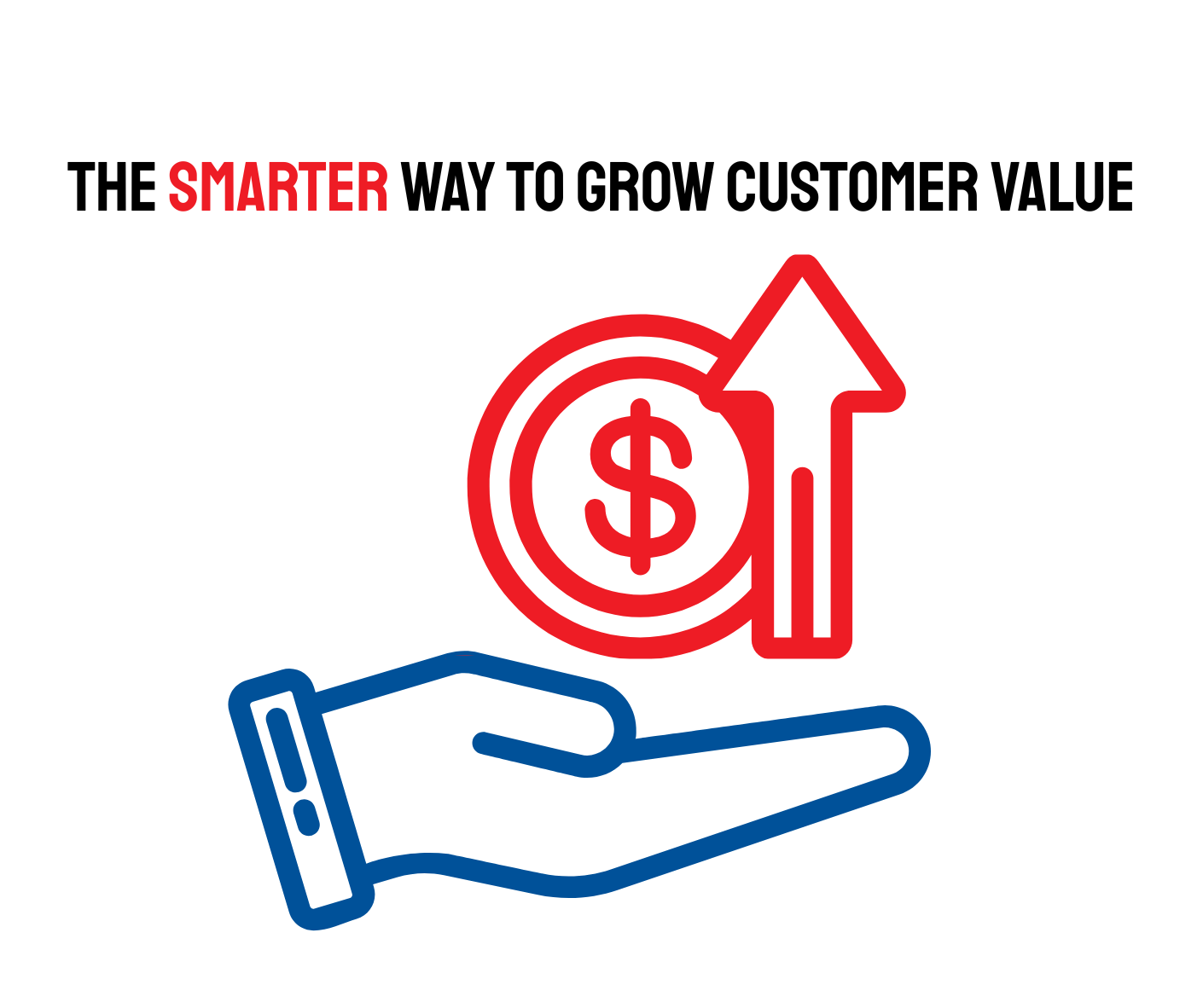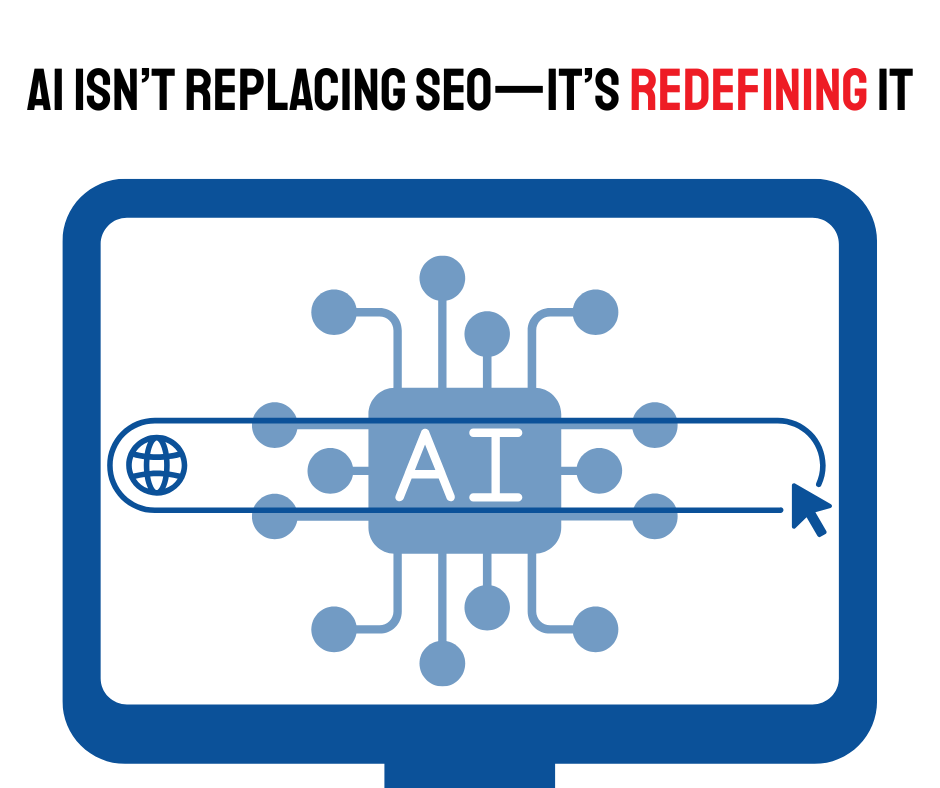Simplify Seasonal Staffing For Small Business Season
For small business owners, the holidays hopefully mean increased customer demand, higher foot traffic, and a busier-than-usual schedule. While all of those things hopefully mean more revenue, ensuring you have staffing and good service can drive you nutty.
If you feel unprepared, don’t worry—it’s not too late to put a plan in place that will help you manage staffing challenges and deliver exceptional customer service during Small Business Season.
Here are some quick, practical strategies you can implement right now:
Simplify Seasonal Staffing
Finding extra help when time is tight can feel overwhelming, but you don’t need to overcomplicate it.
· Ask for Referrals. Who better to send you new employees than people who love your business already? Turn to your current employees and trusted customers. Offer small incentives for referrals that result in reliable seasonal hires. Don’t forget to tell the chamber about your staffing needs. They may know people looking for work.
· Hire for Flexible Shifts. Look for people who want part-time or flexible hours—students, retirees, or friends of your team can often step in quickly. If you offer employee discounts, you may have people interested in working for you for that reason.
· Leverage Local Networks. Post your immediate needs on community Facebook groups, your business social media pages, or apps like Nextdoor.
· Bring Back Past Employees. Former team members who already know your business might be open to helping temporarily (great for students on break).
Cross-Train Your Team
Instead of scrambling for extra hands, maximize your current staff’s potential. Cross-training employees to handle multiple roles will give you the flexibility to adapt to surges in customer activity.
· Dedicate an hour or two to train team members on essential tasks outside their usual duties.
· Teach core skills like ringing up sales, answering phones, gift wrapping, or managing online orders.
· Make sure everyone feels confident enough to handle basic customer inquiries or complaints. Help them with by training them on your most common scenarios.
Streamline Your Customer Service
Great service doesn’t have to mean lengthy interactions. Here’ are some tips on how to keep customers happy without losing a lot of time:
· Compile FAQs, return/exchange policies, and key product details into one easy-to-access document. Share it with your team. Why reinvent the wheel each time?
· Set up a “Grab-and-Go” area. Highlight popular items, pre-wrapped gift sets, or stocking stuffers near the checkout for quick purchases.
· Offer digital payment options.
Focus on Communication
Clear and consistent communication will keep your team and customers on the same page.
· Spend 5-10 minutes before each shift to go over daily goals, staffing assignments, and key updates.
· Let customers know about extended wait times, limited stock, or last-minute holiday hours through social media, signage, and email.
· Train your team to use phrases like “Thank you for your patience” or “We’re happy to help find a solution” to ease frustration.
Motivate Your Team
The holiday rush can be stressful, so keeping morale high is essential.
· Offer small perks. Provide snacks, coffee, or even a small holiday bonus to show appreciation.
· Recognize employees for going the extra mile, whether it’s solving a tricky customer issue or handling a busy shift with a positive attitude.
· Incentivize performance. Offer small rewards like gift cards for hitting sales goals or receiving glowing customer feedback.
Make Customer Interactions Count
The holidays are an opportunity to turn first-time shoppers into loyal customers.
· A warm greeting, personalized recommendations, or a quick “Thank you for shopping small” can make a lasting impression.
· Offer a discount or raffle entry in exchange for email sign-ups, so you can reconnect with customers in the new year.
· Invite happy customers to leave a review online or share their experience on social media. Respond to those who leave reviews, good or otherwise. Customers will feel seen.
Even with limited time, these strategies can help you manage the holiday chaos effectively while creating a positive experience for your customers and staff. Remember, small improvements can go a long way—and your efforts this season can set the stage for loyal customers and smoother operations in the year ahead.
Finally, don’t forget to enjoy the holiday hustle. After all, it’s the most wonderful time of the year.




